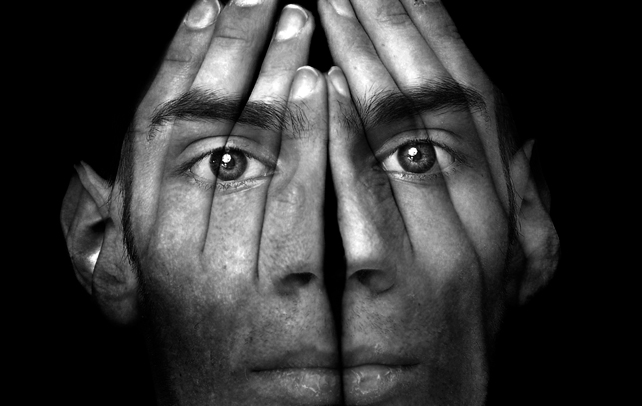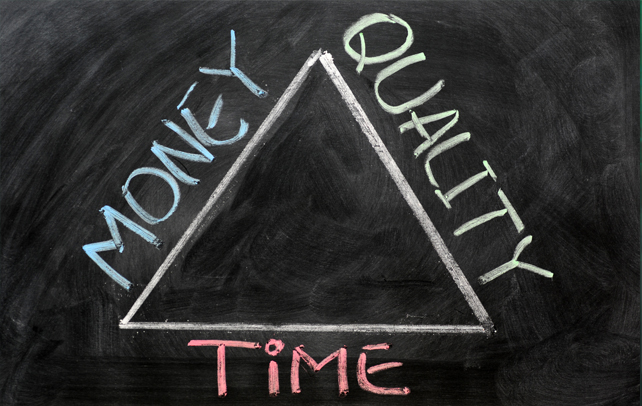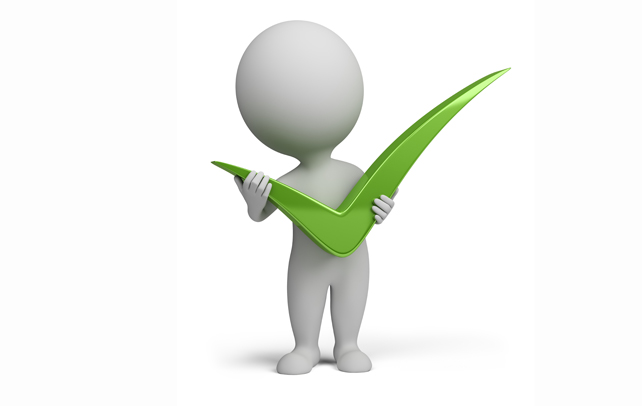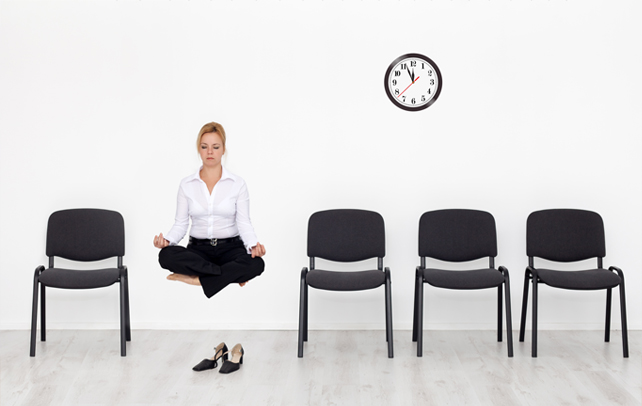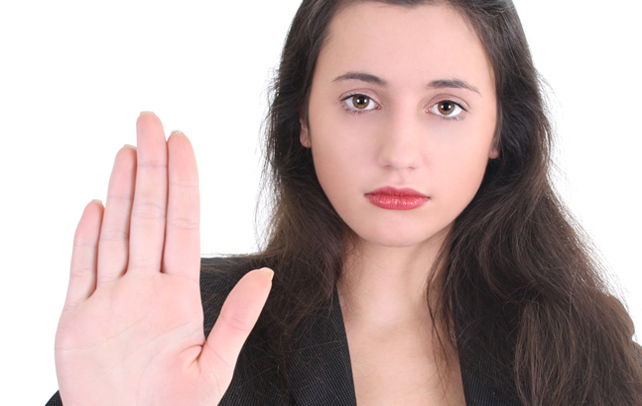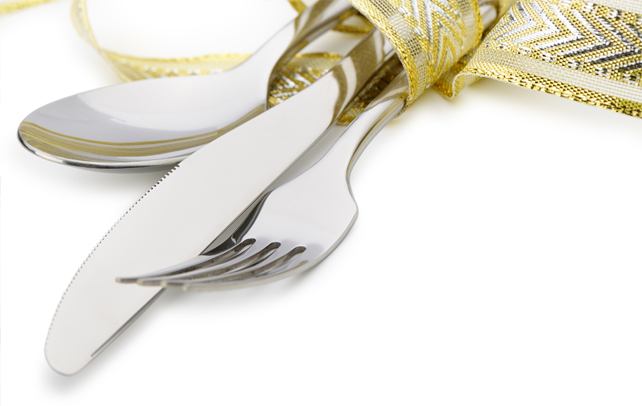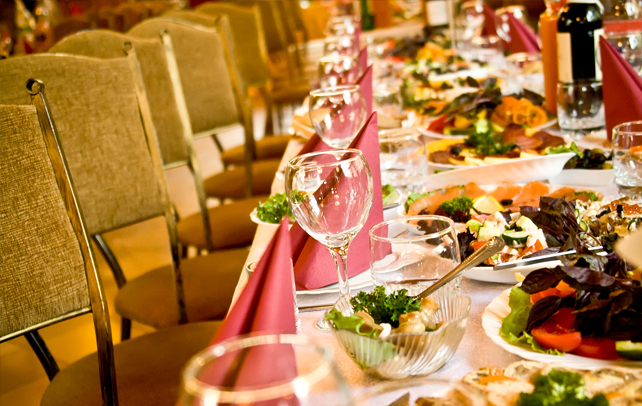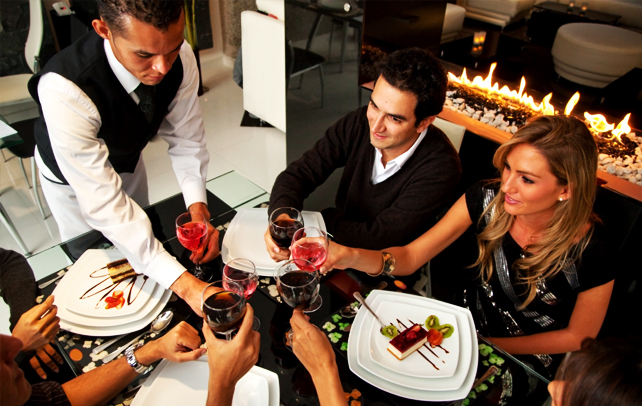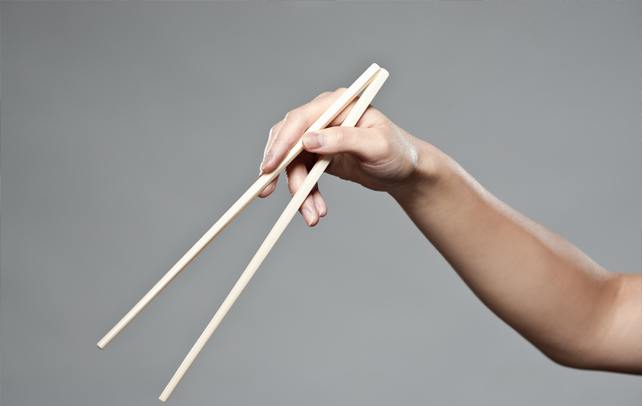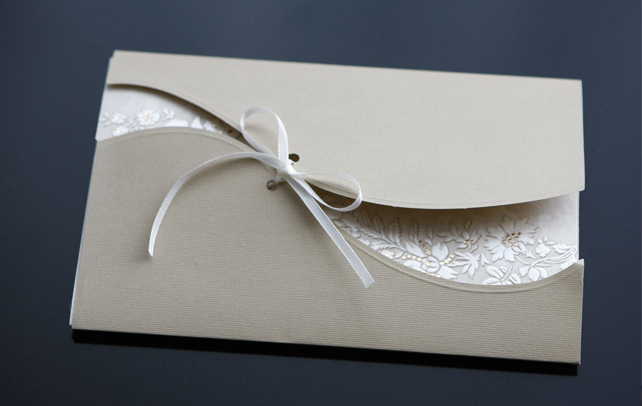Fine Dining Etiquette
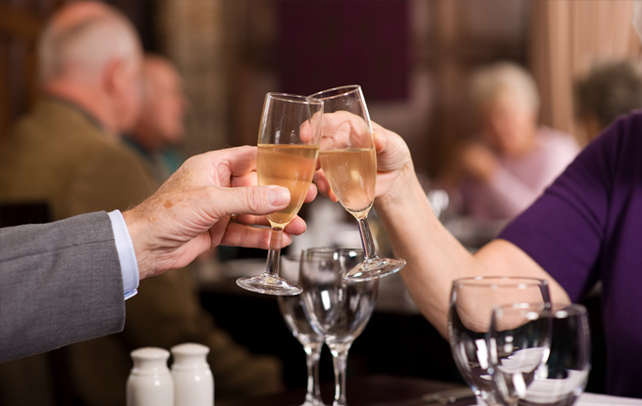
It probably isn’t a rare sight: people alarmed by the number of forks or the fancily folded napkins in a fine dining restaurant! The art of good manners and etiquette, while being seated for dinner, needs to be learned and acquired. The rules usually vary from place to place but are more or less standard. It is not only how you put food into your mouth but also, how you respond to conversations, what you wear and how you are seated that is considered important in a fine dining setting. Fine dining etiquette is typically designed for a formal setting and the rules do not apply during casual meetings or social gatherings. A specific seat is allocated to every individual and food is served very precisely by waiters or servers. Fine dining etiquette can also be referred to as table manners. It is essential to be familiar with the techniques of fine dining so as to avoid discomfort during formal interactions such as wedding receptions or business meetings. To learn about the different kinds of etiquette, read the article further.
Fine Dining Manners
Seating
Usually, the seating arrangement is pre-decided and this is determined by name placards. In that case, you are left with no choice but to sit where asked to. Otherwise, you need to wait until the hostess of the party helps you out. To be wrongly seated and asked to move would be embarrassing! In a typical arrangement, the host sits farthest away from the door beside their spouse and then guests are seated according to importance, and alternate according to gender. After sitting, keep your feet firmly on the ground, do not cross or shake your legs incessantly. Your elbows must never be in contact with the table; they must be on your lap or at the edge of the table.
Napkins
A napkin is your best aid; this doesn’t mean you have to use it to wipe your mouth vigourously. The rule is to simply unfold it to dab your face and place it back on your knees. There may be a time when you need to leave the table to visit the washroom. In times like these, place the unfolded napkin on the empty chair and excuse yourself to the hostess and the servers. When you are back, replace the napkin on your knees. Sometimes, the napkin may fall down and you can pick it up and continue or else, wait for one of the butlers to do it. It is prohibited to place any food on your napkin, this is quite disgusting!
Wine & Glasses
There are usually two or more glasses placed to the right side of your plate. They can be arranged in any pattern and it is your duty to know which one to use and when. Port wine glasses are slightly smaller than those for red wine. White wine glasses are placed below the red wine glasses and are more petite. Normally, on the top right of the table setting, champagne goblets, which appear petite and thinner, are kept. On the bottom right is the glass for water. Drinking loudly and gulping is unacceptable as you are not looking to get drunk, right?! While toasting, remember not to touch your glassware to anyone else’s.
Conversation
To avoid awkwardness, any talk relating to politics, religion and personal issues should not be started or pursued. Healthy debatable topics are permitted as long as the dinner is being enjoyed and there are no heated arguments. If you think closely, sometimes, you may ignore a certain person on your right and concentrate more on the one to your left. Make sure this doesn’t happen too often even if you find it difficult to talk to strangers. You need to have a normalized tone; you mustn’t shout or whisper to your neighbours. If you think you are a bad conversationalist then atleast be a good listener.
Breads
Most often than not, croissants, breads, breadsticks or cookies are complementary additions to your meal. They usually arrive after the drinks and are placed at the centre of the large table. Transfer this directly to your side plate that is located to the left of the large plate in front of you. Remember never to cut bread because it may crumble causing a mess. Break it with your fingers and tear small bite sized portions. If you want to butter your bread, request for butter knives (usually not placed at the table). Make a single application of butter, instead of sticking your knife in the dish over and over again! Then simply, place the used cutlery on your side plate.
Of Knives & Forks
This is probably the most confusing and yet, the most important part of your meal. Typically, there are a series of forks on the left of your plate with spoons and knives being on the right. To make it simple, the cutlery that is farthest away from you is for the first course and so on. Make sure you cut small pieces of food and place your knife down after each mouthful and do not pick up anything that has fallen on the ground. Almost everywhere it is understood that if your knife and fork cross each other then you aren’t done eating yet. For signaling that you are done, place your fork and spoon vertically or horizontally in the centre of our plate, with the edge of the knife pointing inwards.
Difficult Foods & Dessert
Artichokes, asparagus and cheese are difficult foods. Use your fingers to break open the artichoke and eat the heart with a fork and knife. Asparagus is usually eaten with fork and knife after being selected onto your plate. Cheese that is cut in the form of wedges must be eaten nose (pointy end) first. Desserts can come in the form of pudding or fruit or any other dish. A pudding spoon and fork will be given to you, and just like the main course, this dessert must be eased into your mouth. Do not place the fork in your mouth since it is only used for pushing the dessert onto the spoon. The same goes with fruit.
Fine dining includes the bill payment too. It is rude to either walk away when the bill is brought to table or even to eat too much when you know that the host is paying. Remember these fine dining tips and etiquette and you’re good to go!

